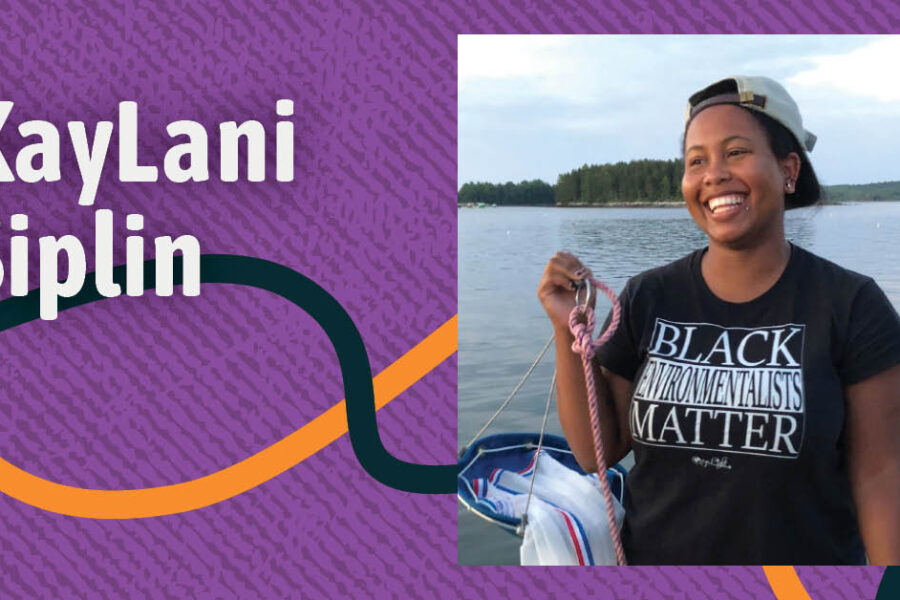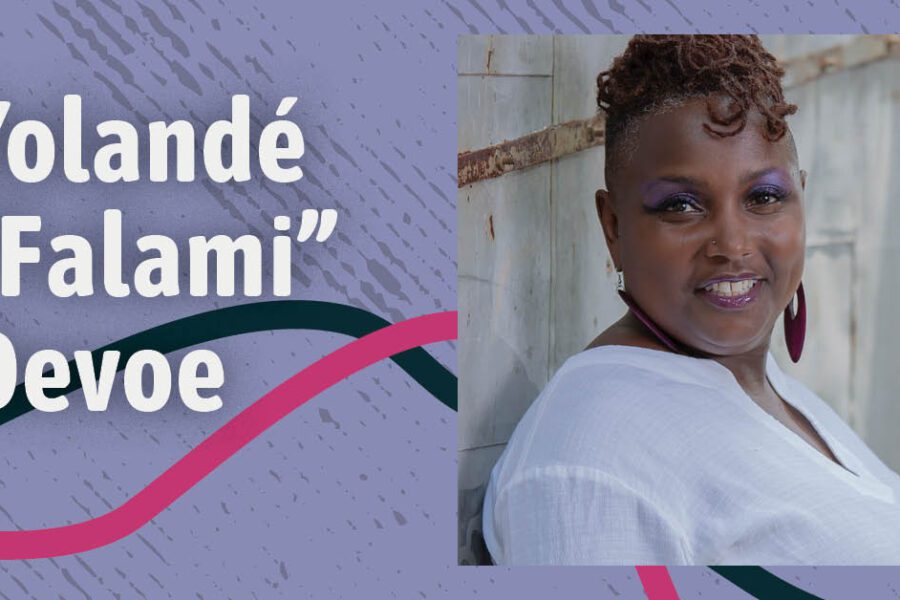We recently had the privilege of sitting down with Maura Hart and discussing where Critical Skills Classroom components merge with distributed leadership components. With her expertise, we created teaching tips to promote equity effectively and foster great learning experiences.
This overview is meant to serve as a teacher prep program that you can base future lesson plans on for effective classroom instruction.
The Critical Skills Classroom
Consider this Howard Schultz quote: “When you’re surrounded by people who share a passionate commitment around a common purpose, anything is possible.”
This quote’s message is the foundation of what it means to work in the Critical Skills Classroom. When people are committed together and experience a passion around a common purpose, we can do anything.
Whether we are talking about children or teams of teachers who make decisions, we must remind them that they can achieve anything together. Human beings are the same, regardless of age or developmental stages. We just need the correct constructs to do our best work and find our value collectively.
The Critical Skills Classroom operates on four broad ideas:
- Experiential: The key point about the Critical Skills Classroom is that students experience it, rather than have education delivered to them.
- Collaborative: We allow students to work collaboratively, in the sense that the team members have a passion and a commitment to the outcome. This is in opposition to “cooperative,” which implies people can work together but misses the understanding of an individual role within a team and a passion for a common goal.
- Driven by Competencies, Standards, and Learner Outcomes: The Critical Skills Classroom fosters the understanding that one can contribute to a team, and with a shared passion, they can reach the goal together.
- Problem-Based: We want to turn our curriculum into a problem for students to solve to lead them toward the competency level that we want them to achieve.
Practices of Effective Distributed Leadership
When implementing distributed leadership in a school, we must pay attention to teaming and communication for it to be effective.
Teaming involves the assignment of roles, structures, and procedures. This helps people come together and solve problems with a standard solution. And since there’s no “I” in “team,” we need to balance the time and voices that come with different perspectives in solving these problems.
We must ensure that there is an equity of voice to highlight all the viewpoints from different team members, ensuring we can get things done and find solutions in a continuous cycle of improvement.
Schools often face adaptive problems, requiring adaptive leadership. Adaptive problems have more than one solution, which necessitates a multitude of perspectives from a team. Unlike technical problems that have clear solutions, as a school, we must adapt by combining solutions and perspectives to try and find the best one.
Distributed leadership is adaptive leadership. It’s what we use in education most of the time. Similarly, this is what we do in a Critical Skills Classroom. We teach our students to harness adaptive leadership and find solutions to problems, thus promoting experiential learning.
Takeaways
What we teach in the Critical Skills Classroom is the foundation of operating an effective distributive leadership cycle of improvement.
If we list all the skills taught in the Critical Skills Classroom, we will find that it all boils down to effective management and organization to solve problems as a team.
Meanwhile, distributed leadership requires a common understanding among several branches of an entire body, aligning systems, policies, and procedures, all for a single goal. Incorporate these concepts into your lesson plans and teacher prep to increase your entire learning team’s success.




